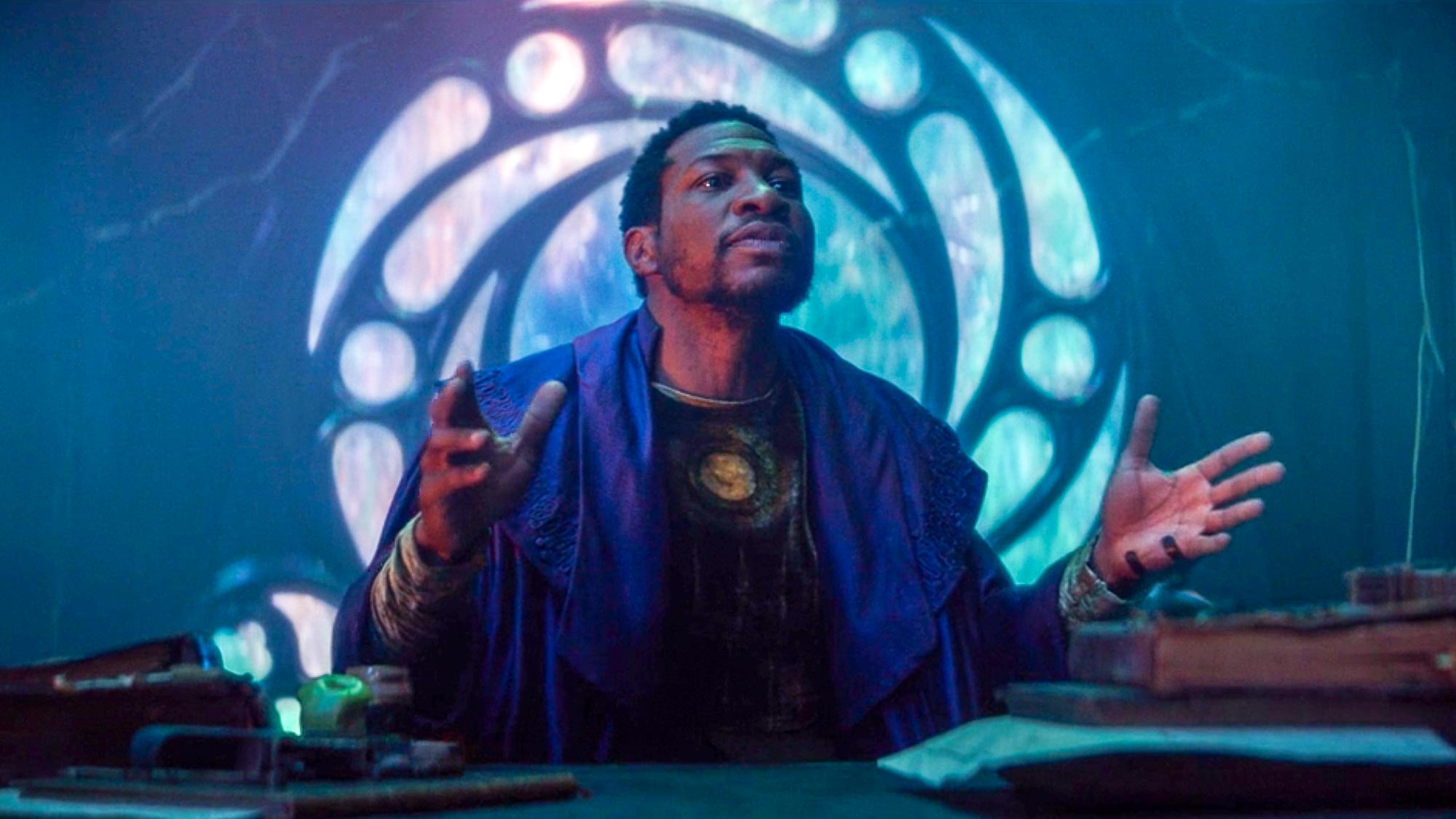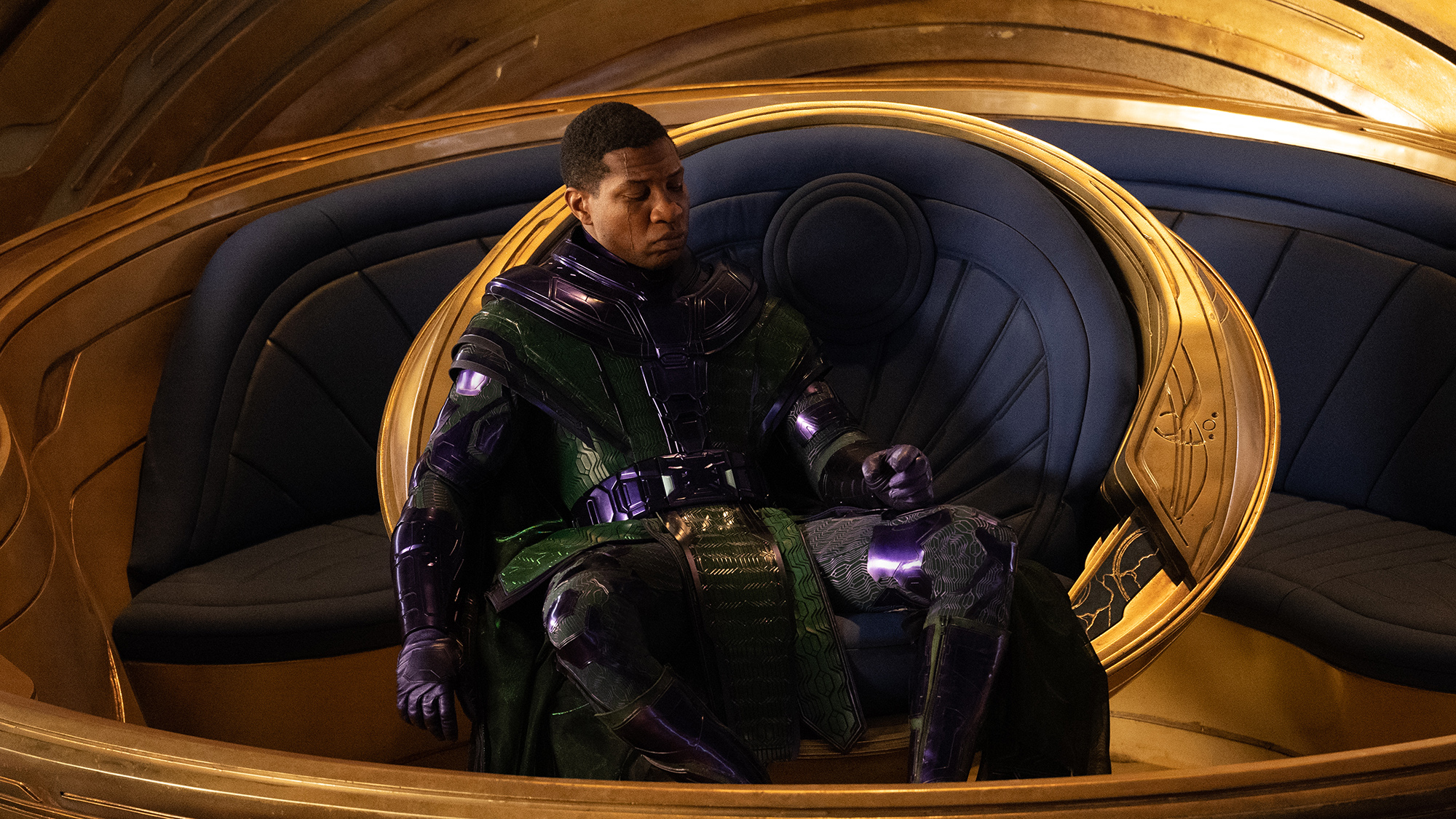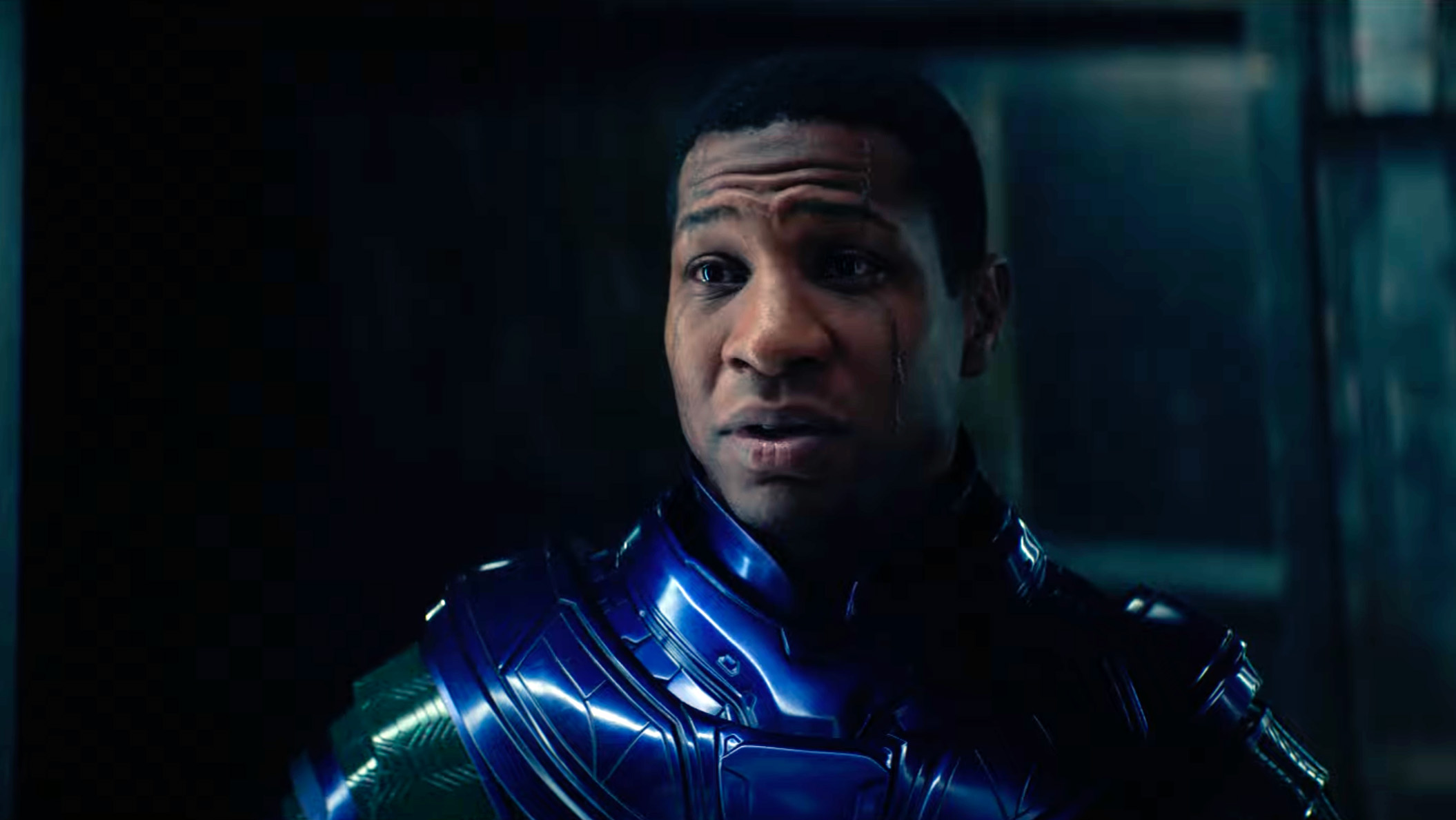The MCU just got way more complicated — and it’s all thanks to Kang
The Marvel Cinematic Universe is big and complicated, with 31 movies, 8 TV shows and loads more on the way. Unfortunately, the MCU just helped itself to another giant scoop of complexity, and it’s all because of Ant-Man & The Wasp: Quantumania. Or, more precisely, the movie’s main villain, Kang the Conqueror.
Spoilers for Ant-Man & The Wasp: Quantumania are incoming.
If you haven’t seen Ant-Man 3 just yet, you’ll want to turn around and come back later. We’re going deep into spoiler territory, and talking about some key points from the movie’s final act. If you have seen it, or don’t care about spoilers, then read on.
The Marvel Cinematic Multiverse is already messy

If you thought the standard MCU timeline was messy, then opening up the possibility of alternate realities and timelines makes everything significantly harder to keep track of. Maybe the TVA had the right idea with the concept of a “sacred timeline,” but it certainly keeps things much neater and, by extension, easier to follow.
Before the start of the Multiverse Saga, it was pretty easy to keep track of the MCU. You sat down and watched all the movies from Iron Man to Endgame. Adding MCU TV shows like WandaVision made it a bit more complicated, and required a bigger time investment, but there was still an obvious and linear way to progress.
Then the multiverse got involved, taking the idea of “it’s all connected” to brand new extremes. Loki season one was the first show to take that leap, introducing the idea of character variants that may or may not be played by their original actor, as well as the idea that there’s more than just the timeline we’ve seen on screen.
Later instalments, like Spider-Man: No Way Home established that some of those timelines feature characters and adventures we’ve already seen in a movie — namely the Spider-Men played by Tobey Maguire and Andrew Garfield. They may not be in the MCU proper, but they are related and shared the screen with Tom Holland.
Suddenly there’s a prospect that the MCU could be much bigger and grander than we’ve ever seen before. And that’s made it significantly harder to keep track of everything that’s happened so far; it forces us to question everything we’ve seen, and how that plays into future MCU stories.
Netflix’s Daredevil, for instance. Is it a multiverse story that branches off from the MCU proper? Or is the Matt Murdoch in the show the same one that appears in She-Hulk and Daredevil: Born Again? Those are questions that fans can and will argue about for years, and it makes it that much harder for casual fans to keep a firm grasp of what’s going on.
Kang is multiversal madness personified

While dealing with a multiverse of madness may be Doctor Strange’s thing, Kang the Conqueror is essentially the personification of multiversal confusion.
According to actor Jonathan Majors, Kang is what’s known as a ‘Nexus Being’ — a character that appears in some form in every single universe of Marvel’s multiverse. Scarlet Witch is another notable nexus being that we’ve already seen in the MCU.
An infinite number of universes means an infinite number of Kangs, a solid proportion of which will have the same technology that lets them travel across time and space. So while killing a villain like Thanos generally means he’s gone for good, there’s no telling whether Kang may (or may not) show up again.
Killing Kang, as we saw in Quantumania’s climactic fistfight, doesn’t mean the threat is over. Not only could we see an alternate version of Kang pop up to cause grief for Marvel’s heroes, we may even see the exact same Kang reappear at an earlier point in his own timeline.
So who’s to say that Victor Timely, who appears in Quantumania’s final credits scene, and seems set to show up in Loki season 2, isn’t the same Kang that was exiled to the Quantum Realm at an earlier point in his life? Or whether one of the Kangs from the colosseum is actually a younger version of He Who Remains, the ultimate power behind the TVA in Loki season 1?
It’s these kinds of questions that are likely to keep fans arguing for years, and it means audiences are always going to be kept guessing as to what each appearance of Kang might bring. Heck if it’s enough to make Scott Lang question his own heroic deeds, and have a mild existential crisis, then the audience is guaranteed to have questions.
Bottom Line

Last year my colleague Marshall Honoroff commented that it was time to kill off the MCU, since it had followed the example of Marvel comics and turned itself into a “messy, labyrinthine, impenetrable mythos, with a steep onboarding cost” — but in about a sixth of the time.
That was before Kang came on the scene to leave his own mark, and potentially drive that complexity up to 11. Which is fitting for a comics character whose timeline is about as linear and coherent as a bowl of wet spaghetti.
Then again, maybe the real villain here is overthinking things. Kang’s very nature means he’s a complicated character, and the simplest option might just be to try and not think about it too much. He may not be the exact same version each time around, but as long as he’s recognisably Kang it’s not going to matter too much. Plus it gives Jonathan Majors the opportunity to put a fresh spin on the character each time he appears.
For all the latest Technology News Click Here
For the latest news and updates, follow us on Google News.
